Sophisticated and exciting value of tone-setting
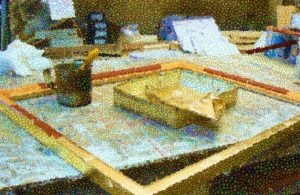 For our first purchase, we entered a shop located at 17 in via Aretina. Obviously, in an online store https://www.unique-canvas.com/artprints/artist-sandro-botticelli.html, you can request the painting you prefer. Considered the most famous exponent of the early Florentine Renaissance, he was born in Florence in 1445, right in the same city where the Paolo Tonda Corniceria https://www.quadristampeautore.com/vendita-quadri-specializes in the sale of paintings and graphic works. Why not decorate your home, or your work environment, in an unusual way. You need a painting by Sandro Botticelli. His paintings, with elegant design, are a symbol of grace.
For our first purchase, we entered a shop located at 17 in via Aretina. Obviously, in an online store https://www.unique-canvas.com/artprints/artist-sandro-botticelli.html, you can request the painting you prefer. Considered the most famous exponent of the early Florentine Renaissance, he was born in Florence in 1445, right in the same city where the Paolo Tonda Corniceria https://www.quadristampeautore.com/vendita-quadri-specializes in the sale of paintings and graphic works. Why not decorate your home, or your work environment, in an unusual way. You need a painting by Sandro Botticelli. His paintings, with elegant design, are a symbol of grace.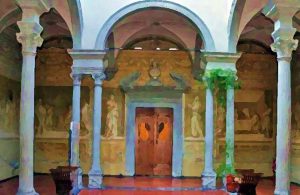
His creative characteristic was the ability to create harmonious, balanced and formally flawless compositions. His first important work was the decoration of the Scalzi cloister in Florence. With scenes from the life of St. John the Baptist, that masterpiece had started in 1507 and ended after nearly twenty years. Born in Florence on a July day 1486, after having apprenticeship at a goldsmith’s workshop, Andrea del Sarto https://www.uffizifirenze.it/andrea-del-sarto.html became a pupil of Piero di Cosimo. In the cloister of the Vows of the SS. Annunziata, he frescoed scenes from the life of San Filippo Benizzi, to which were added procession of the Magi and Nativity of the Virgin.
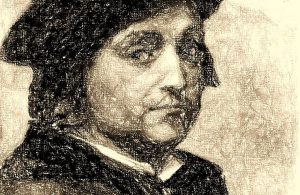 At the court of Francis I of France, where he remained until 1519, Andrea del Sarto https://www.youtube.com/watch?v=Ux-k93k5H_w performed several works, including Charity, which you can admire at the Louvre in Paris. Back in Italy, he escaped from Florence to escape the 1523’ plague. In Luco di Mugello, he created a splendid Deposition, which you can admire at the Pitti Palace in Florence. Gracefully renewing the pictorial repertoire of the time, he experimented with variations of colors, monumental breathing of the figures and use of modern techniques. His art was affected by the influence of Piero di Cosimo and Franciabigio, Raphael and Leonardo.
At the court of Francis I of France, where he remained until 1519, Andrea del Sarto https://www.youtube.com/watch?v=Ux-k93k5H_w performed several works, including Charity, which you can admire at the Louvre in Paris. Back in Italy, he escaped from Florence to escape the 1523’ plague. In Luco di Mugello, he created a splendid Deposition, which you can admire at the Pitti Palace in Florence. Gracefully renewing the pictorial repertoire of the time, he experimented with variations of colors, monumental breathing of the figures and use of modern techniques. His art was affected by the influence of Piero di Cosimo and Franciabigio, Raphael and Leonardo.
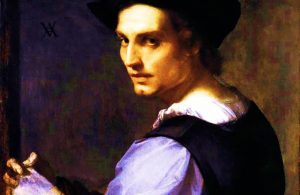 Growing up in the Florentine pictorial tradition, he faced a great variety of themes, developing their formal elaboration. Andrea del Sarto https://www.stilearte.it/la-moglie-sadica-di-andrea-del-sarto-modella-bellissima-e-dominatrice-lo-lascio-morire-nel-letto/ founded a pictorial workshop in Florence in 1508, welcoming as pupils Pontormo and Rosso Fiorentino. Visiting that city, in the Pitti Palace you can observe his Stories of San Giuseppe. At the age of 44, that great Italian painter who had become a master of formal perfection, speed and security of execution, died in Florence in 1530’ autumn. His classical painting made school, and for centuries, artists have drawn on his works.
Growing up in the Florentine pictorial tradition, he faced a great variety of themes, developing their formal elaboration. Andrea del Sarto https://www.stilearte.it/la-moglie-sadica-di-andrea-del-sarto-modella-bellissima-e-dominatrice-lo-lascio-morire-nel-letto/ founded a pictorial workshop in Florence in 1508, welcoming as pupils Pontormo and Rosso Fiorentino. Visiting that city, in the Pitti Palace you can observe his Stories of San Giuseppe. At the age of 44, that great Italian painter who had become a master of formal perfection, speed and security of execution, died in Florence in 1530’ autumn. His classical painting made school, and for centuries, artists have drawn on his works.
To broaden your horizon of knowledge about other painters, you can type http://meetingbenches.com/category/paintings/. The sole purpose of this site is to spread the knowledge of these artists and that other people enjoy their works. The property of the images that appear in this blog correspond to their authors.
 Meeting Benches World art in all forms
Meeting Benches World art in all forms
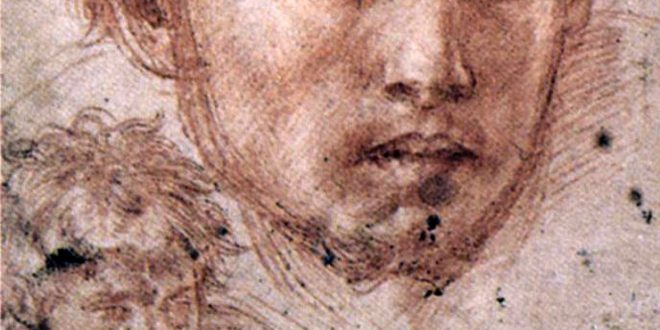
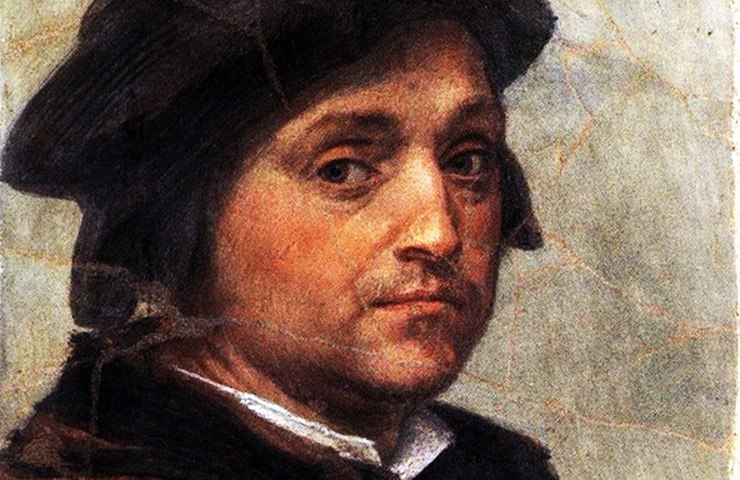


















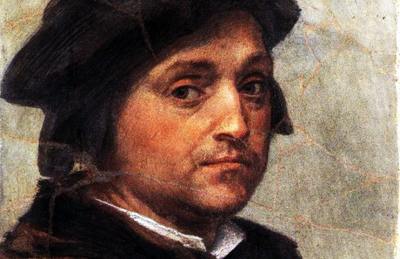


















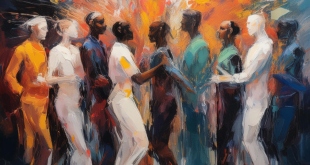
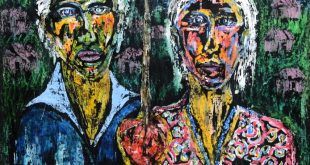
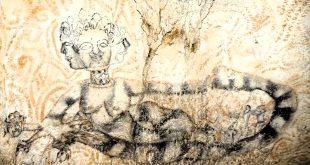
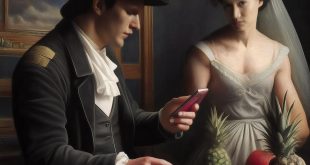
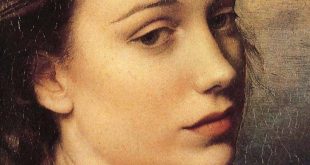


One comment
Pingback: FLORENCE, AS IN A DREAM –Author's journey into Florentine creativity - Meeting Benches